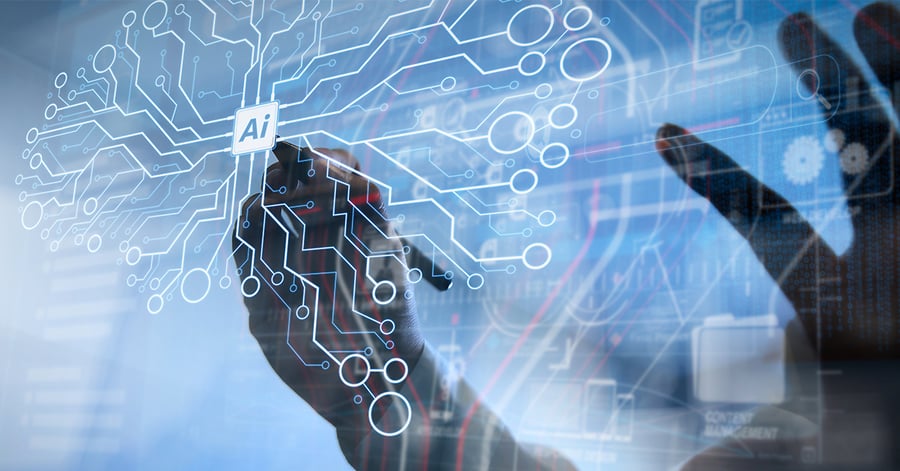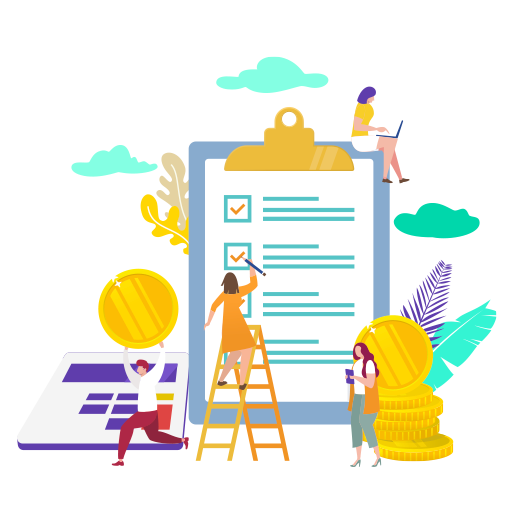
- Home
- Global Payroll
- AI in Payroll & HR: Transformative innovations or buzz?
AI in Payroll & HR: Transformative innovations or buzz?
Published :

In today's rapidly evolving business landscape, the role of payroll and Human Resources (HR) professionals has taken center stage, and they find themselves at the helm of critical organizational decisions. Payroll and HR have transcended into a realm where they must engage employees, optimize operations, and steer business growth. Their responsibilities have evolved from mere task execution to strategic decision-making.
To alleviate the professionals from the monotony of repetitive tasks, tools and systems employing automation and Robotic Process Automation (RPA) made strides. These technologies automated repetitive, rule-based tasks using software robots, bolstering efficiency, accuracy, and productivity, and saving time and human effort. However, their role in shaping strategic decisions remained limited. This initiated the search for a technological solution that could not only ease their burden but also empower them with actionable insights to contribute to the company's growth.
Enter Artificial Intelligence (AI)—a transformative force that has not only reshaped the modus operandi of these professionals but also redefined their standing within organizations. AI's impact on payroll management and HR extends far beyond the confines of automation and RPA, and in this discourse, we will expound on why its integration is not merely an option but an absolute necessity.
Read our blog on Is your payroll leveraging AI enough?
Artificial Intelligence encompasses the development of computer systems capable of performing tasks that traditionally necessitated human intelligence, such as problem-solving and decision-making. AI systems harness algorithms and data to emulate human cognitive functions, endowing computers with the ability to read, learn, translate, and reason.
The true might of artificial intelligence lies in its unparalleled aptitude for processing and analyzing vast datasets with unparalleled precision and speed. It does not rigidly adhere to predefined rules; instead, it learns from patterns, adapts to evolving scenarios, and delivers well-informed outcomes. Essentially, AI elevates payroll and HR by comprehending context, establishing connections, and offering actionable insights. While automation enhances efficiency, artificial intelligence, in its role as an intellectual partner, engages with data logically to furnish personalized solutions, enrich employee experiences, and drive organizational success.
Descriptive analytics involves summarizing historical data to gain insights into past payroll and HR trends and events. For example, it can provide a report on the average time taken to fill job vacancies over the last year.
Diagnostic Analytics:Moving beyond merely describing events, diagnostic analytics seeks to unearth the underlying causes. It aids professionals in identifying the root causes of issues, such as salary anomalies. The system identifies anomalies in payments made to an individual employee by going through the past trend of payments.
Predictive Analytics:Leveraging historical data and machine learning algorithms, predictive analytics foretells future trends. It can predict which employees are most likely to leave the company in the next six months based on factors like performance, engagement, and tenure.
Prescriptive Analytics:Taking predictive insights a step further, prescriptive analytics suggests recommended actions. For instance, it can not only predict turnover risks but also propose specific retention strategies, such as offering professional development opportunities, recognition, and more.
Text Analytics:Text analytics, fueled by Natural Language Processing (NLP), extracts valuable insights from unstructured text data, such as employee surveys or social media feedback. It identifies common themes in employee feedback like work-life balance, career development, communication, etc., addressing concerns effectively. In addition, it systematically reviews government websites for any recent updates or alterations in rules and regulations in foreign countries that might impact payroll.
Sentiment Analysis:A subset of text analysis, sentiment analysis employs NLP to discern the emotional tone or sentiment expressed within the text. It categorizes sentiment as positive, negative, or neutral, providing professionals with insights into employee satisfaction or dissatisfaction over surveys.
Social Network Analysis:This methodology scrutinizes the relationships and connections among employees within an organization. AI can assist professionals in identifying key influencers and communication patterns, aiding in team building and collaboration efforts.
Leveraging these analytics powers effectively through artificial intelligence empowers professionals to address challenges and capitalize on opportunities.
The transformative impact of artificial intelligence on employee engagement cannot be overstated. Equipped with AI tools, professionals adeptly manage data and establish personalized connections with employees. AI's role goes beyond perfunctory reminders of employee birthdays; it extends to suggesting personalized gifts based on preferences and relationships, enhancing emotional connections and camaraderie in the workplace. HR professionals can harness artificial intelligence to customize conversations, guide career growth, and personalize employees' success celebrations. In essence, artificial intelligence blazes the trail toward a more engaged and motivated workforce. Its integration into HR enhances human emotions, ensuring that everyone feels valued and understood.

Artificial intelligence is ushering in a revolution in how HR professionals manage employee-related tasks and ensure compliance. Armed with advanced analytics and automation, AI simplifies complex processes. Consider the realm of payroll management: Traditional manual methods entail scrutinizing thousands of salary lines, bonuses, and tax discrepancies. AI-powered solutions empower professionals to effortlessly detect patterns, including quarterly bonuses. The AI system can categorize variations into green (aligned with strategy), orange (requiring validation), and red (needing attention) to obtain error-free salaries for employees.
Artificial intelligence is equally adept at deciphering intricate payroll nuances. For instance, it can flag changes in an employee's tax deduction status due to senior citizenship, thus relieving administrators from sifting through multiple reports. AI does not supplant payroll and HR professionals; instead, it empowers them to focus on complex cases demanding human judgment. Notably, AI's benefits extend to core payroll and HR administrators, aiding them in maintaining compliance across diverse jurisdictions and navigating labyrinthine regulations.
The future of payroll and HR is intrinsically intertwined with AI. As professionals endeavor to sculpt agile, inclusive, and productive workplaces, AI bequeaths a suite of tools, including chatbots, compensation analysis, HR analytics dashboards, performance management, and more, to transmute these aspirations into realities. This automation allows professionals to focus on strategic initiatives, becoming architects of a dynamic workforce. Integrating artificial intelligence in payroll and HR is not just a trend; it's about combining human intelligence and technology for organizational success.
To learn more about the role of artificial intelligence in payroll and HR,
click here.
Enterprise asset management (EAM) involves the management of mission critical assets of an organization throughout each asset's lifecycle. EAM is used to plan, optimize, execute, and track the needed maintenance activities with the associated priorities, skills, materials, tools, and information. The aim is to optimize the quality and utilization of assets throughout their lifecycle, increase productive uptime and reduce operational costs.
Enterprise asset management (EAM) involves the management of the maintenance of physical assets of an organization throughout each asset's lifecycle. EAM is used to plan, optimize, execute, and track the needed maintenance activities with the associated priorities, skills, materials, tools, and information.
The software helps in effective maintenance of assets through preventive, predictive, shutdown and breakdown maintenance strategies. The system also helps enterprises mitigate equipment risks by enhanced safety standards. The streamlined operations and improved asset performance helps organizations increase their investment effectiveness.
EAM is important because it helps organizations track, assess, manage and optimize asset quality and reliability. Asset intensive Organizations have hundreds, thousands, even millions of assets which needs to be maintained to maximize / optimize life of these assets to increase the return on investment.
The key features of effective EAM are:
Asset Intensive companies under the following Industries :
Contact us for a meeting and schedule a demo
This differs on case to case basis, based on the type of installation and unique industry specific requirements. Contact us for a meeting and schedule a demo.
This differs on case to case basis, based on the type of installation and unique industry specific requirements. Contact us for a meeting and schedule a demo.
Stay Connected, follow us on LinkedIn / Twitter to know more about EAM Software latest trends.

All Rights Reserved. © Copyright 2024. Ramco Systems.